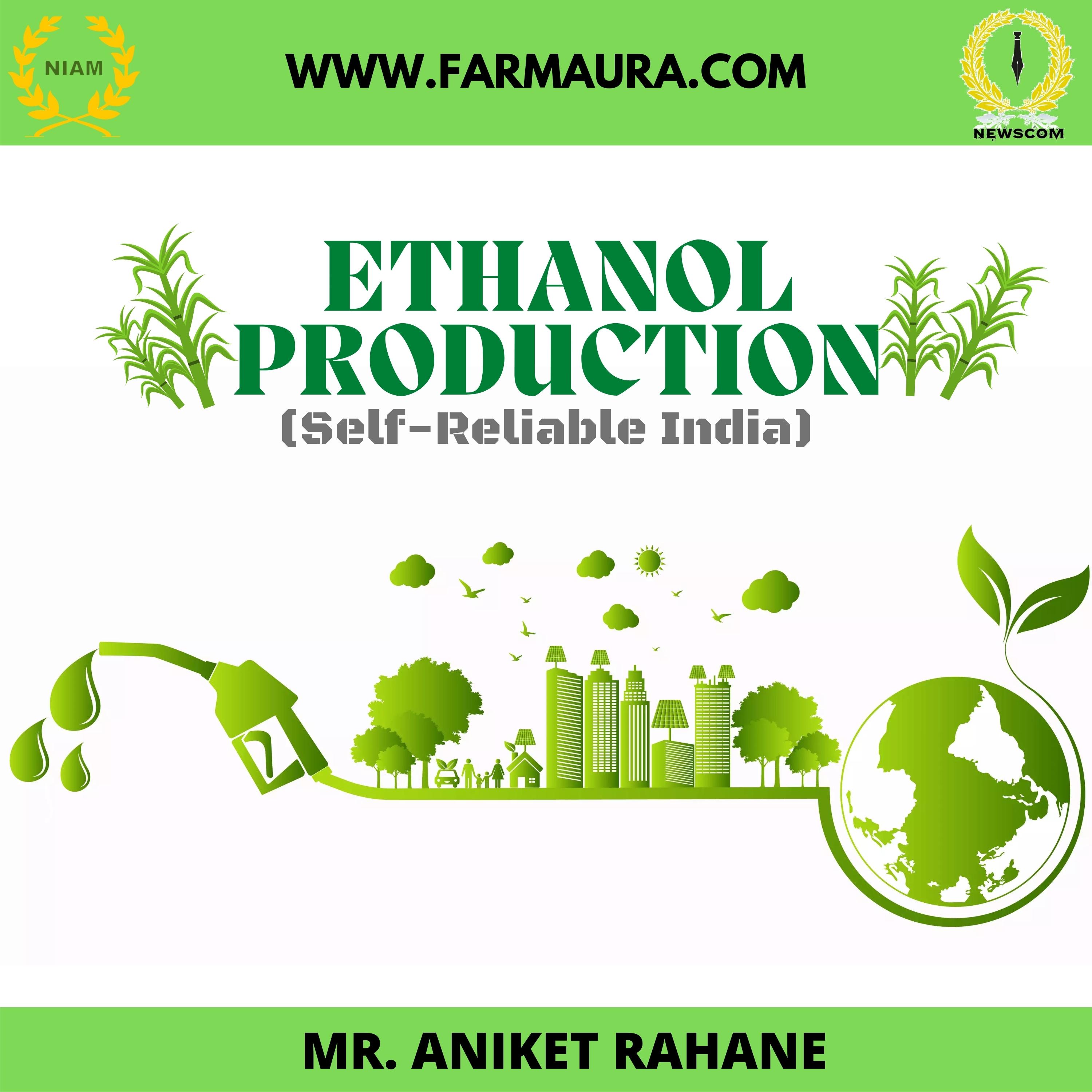
India, a country with a population of around 1.4 billion, is illuminating radiance around the globe with various visionary initiatives. An ingenious drive like 20% ethanol blending in petrol (E20) till 2025 will contribute immensely towards India’s hustle of self-sufficiency in the energy sector. Immense benefits can accrue to the country by this ambitious vision, such as saving of Rs 30,000 crore of foreign exchange per year, energy security, lower carbon emissions, better air quality, self-reliance, use of damaged food grains, raising farmers’ incomes, employment generation, and significant investment opportunities.
With a great vision comes greater responsibility, but the country which never backs down from any challenges has a mountain to climb before reaching the pinnacle. India needs to ramp up its ethanol production by three times compared to the current level to achieve the target of 20 percent ethanol blending by 2025. Ethanol production in India was around 335 crore liters in 2021, claims a study by Investment Information and Credit Rating Agency (ICRA), which resulted in around nine percent ethanol blending in petrol. India requires to meet an ethanol production target of 1,014 crore liters by 2025 to achieve the E20 goal.
For India to be self-sufficient, around 12 billion liters of installed capacity would be required by the year 2025 for ethanol production. We are looking at 6- 6.5 billion liters of installed capacity in sugarcane, 5-5.5 billion liter capacities in grain or corn side, which means a total of 10 billion liters of ethanol that will require around 16-17 million tonnes of corn and grain. In addition to that, the government has also allowed surplus stock of rice from the FCI for ethanol production. This year itself, the government had allotted 78,000 (MT) of rice from FCI’s stocks to distilleries at a subsidized rate of Rs 2,000/quintal.
The government has incentivized sugar mills to divert excess sugar for ethanol. It will also enable them to clear sugarcane farmers’ arrears, a remunerative ex-mill price of ethanol (paid by OMCs to the sugar mills). The government is also considering expediting regulatory clearances for ethanol distilleries through a single-window mechanism and tax incentives for blended fuel and petrol vehicles. On the demand side, India will need vehicles that can take 20% blended ethanol. The government has announced that from April 2023, all new automobiles will be E20 compliant.
Achieving energy security and transitioning to a thriving low-carbon economy is critical for a growing nation like India. Blending locally produced ethanol with petrol will help India strengthen its energy security, enable local enterprises and farmers to participate in the energy economy, and reduce vehicular emissions. With all these coordinated efforts, India is marching towards ‘Atmanirbharta’ in Ethanol Production in a true sense.



